In the January 2017 edition of Booknews, you’ll find out about Douglas Preston’s fascinating new non-fiction title, Nicholas Petrie’s action-with-heart sophomore release, and all the other new fiction and non-fiction books ushering in 2017… Click here to view the PDF.
Hot Book of the Week – The Old Man
This week, The Poisoned Pen highlights Thomas Perry’s The Old Man as the Hot Book of the Week.

Here’s the summary from the Web Store.
Edgar Award-winning author Thomas Perry writes thrillers that move ‘almost faster than a speeding bullet’ (Wall Street Journal).The Old Man is his latest whip-smart standalone novel.
To all appearances, Dan Chase is a harmless retiree in Vermont with two big mutts and a grown daughter he keeps in touch with by phone. But most sixty-year-old widowers don’t have multiple driver’s licenses, savings stockpiled in banks across the country, and a bugout kit with two Beretta Nanos stashed in the spare bedroom closet. Most have not spent decades on the run. Thirty-five years ago, as a young hotshot in army intelligence, Chase was sent to Libya to covertly assist a rebel army. When the plan turned sour, Chase reacted according to his own ideas of right and wrong, triggering consequences he could never have anticipated. And someone still wants him dead because of them. Just as he had begun to think himself finally safe, Chase must reawaken his survival instincts to contend with the history he has spent his adult life trying to escape. Armed mercenaries, spectacularly crashed cars, a precarious love interest, and an unforgettable chase scene through the snow-this is lethal plotting from one of the best in crime fiction.
If you’re ready to get back into reading after the holiday, or, if your book money is burning a hole in your pocket, you might want to consider a signed copy of The Old Man. Here’s where you can find it. https://bit.ly/2hIvfgM
A Poem from Jeffrey Siger
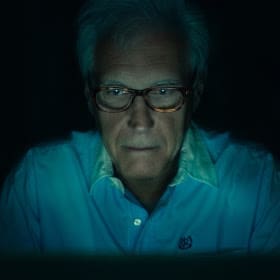
Jeffrey Siger is the Poisoned Pen Press author who writes the Andreas Kaldis mysteries set in Greece. He also blogs at Murder is Everywhere. It may be a little late, but on the blog, Jeff shared his version of a classic poem. https://bit.ly/2hmIF5X
Books for Living by Will Schwalbe
What to spend your gift money or The Poisoned Pen gift card on? What about a signed book about books? Will Schwalbe, author of The End of Your Life Book Club, has a new book due out December 27. Here’s how I described it for LibraryReads, a list of librarians’ favorite books.
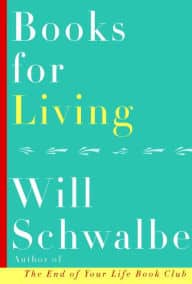
“Every book changes your life. So I like to ask: How is this book changing mine?” Schwalbe, author of The End of Your Life Book Club, focuses on a personal collection of books that changed his life. Each book he selects provides a lesson, a reminder as to how to live his life. Readers will remember favorite books, find new books to try, and lessons to think about. Schwalbe’s book is warm, charming, and very personal. It’s a book for all avid readers. — Lesa Holstine, Evansville Vanderburgh Public Library, Evansville, IN
Pick up a signed copy in the Web Store. https://bit.ly/2i3WN3r. If you love books about books, love to talk about books, you won’t regret it.
Catriona McPherson’s Christmas Story

I couldn’t resist. Crime Files has a Christmas short story by Catriona McPherson. It’s called “Mrs. Tilling’s Match”, and I’m going to send you to the site so you can read it. https://bit.ly/2icoVCb
If you like what you read, and want to read more Dandy Gilver stories, check out our Web Store. https://bit.ly/2ht0SuM
Neil Gaiman, “A Christmas Carol”, and the NYPL
Last year, Tracy O’Neill, the Social Media Curator for the New York Public Library, shared the story behind their reading from Charles Dickens’ “A Christmas Carol”. “Even huge Charles Dickens fans may not know that A Christmas Carol is organized in five stanza-like sections called “staves.” They might not know the author’s only surviving “prompt” copy of the book, that is, Dickens’s own annotated version used for live readings, is held at the New York Public Library. But it’s without a doubt that Neil Gaiman gives one of the greatest deliveries of the classic holiday tale. Made up to resemble a nineteenth century man by Jeni Ahlfeld, the author was transformed for a performance at the New York Public Library, and his engaging reading captured the liveliness of Dickens’ prose. And so, as is our NYPL holiday tradition, we’re sharing Gaiman’s delightful performance of A Christmas Carol. We hope you enjoy it as part of your family tradition too.”
It’s the time of year when many of us watch or listen to that story. Through the NYPL’s podcast, you can hear Neil Gaiman read it. https://on.nypl.org/2h82NXO
And, you can buy a copy of Dickens’ A Christmas Carol, or Neil Gaiman’s books, through the Web Store. https://store.poisonedpen.com
Last Minute Gift Idea?
Do you need a last minute gift idea? What about a surprise for yourself throughout 2017? Have you thought about one of our Book Clubs? You or a gift-loving friend could receive a surprise in the mail from The Poisoned Pen.
We have books for every taste. There’s the British Crime Club, First Mystery Club for collectors or those who want to be the first to discover new authors, Fresh Fiction, the Hardboiled Crime Club, the History Paperback Club, History/Mystery Club, Modern First Editions, Mystery of the Month Club, SciFi/Fantasy/Horror Club, the Thriller Club, and even a Surprise Me! Club.
Find out more about the Book Clubs here, https://poisonedpen.com/book-clubs/
Here’s a teaser. In December, if you belonged to the British Crime Club, you or your gift recipient would have received Agatha Christie’s Closed Casket by Sophie Hannah. Do you want to see the other December selections?
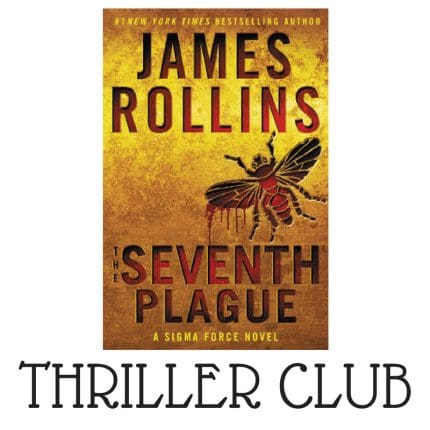
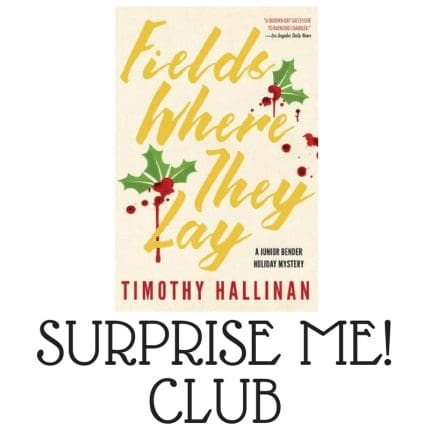
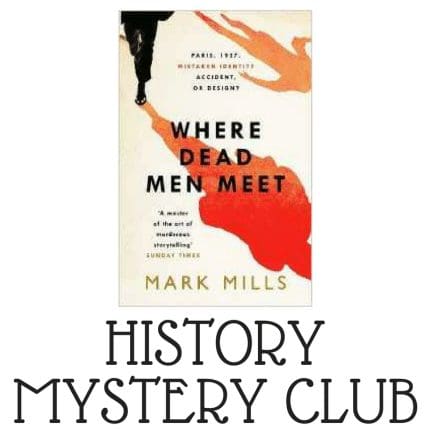
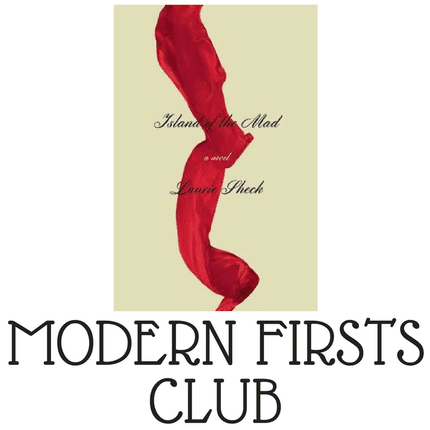
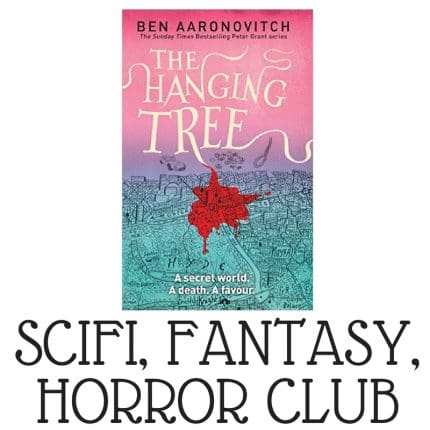
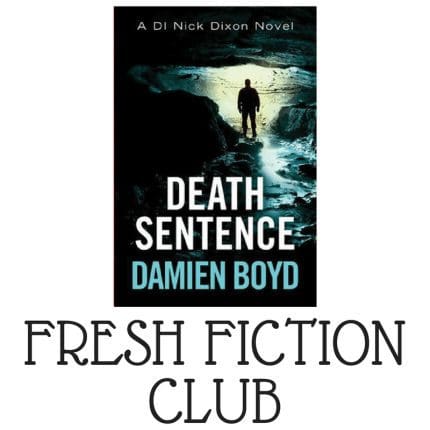
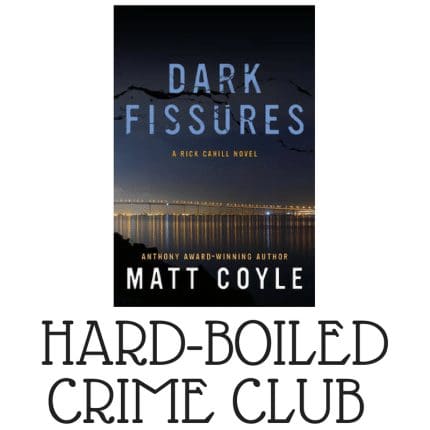
Interested? Don’t hesitate to call The Poisoned Pen to sign up a friend, relative, or even yourself for one of the Book Clubs. Call: Phone:(480) 947-2974 Toll Free: (888) 560-9919
Blake Crouch’s Dark Matter
According to Keith Rice in Signature-Reads, Blake Crouch’s bestseller, Dark Matter, is on its way to the screen. Here’s the link to the article. https://bit.ly/2gSNvrx

Here’s the description of the novel from the Web Store.
A mindbending, relentlessly surprising thriller from the author of the bestselling Wayward Pines trilogy
–
“Are you happy with your life?”
Those are the last words Jason Dessen hears before the masked abductor knocks him unconscious.
Before he awakens to find himself strapped to a gurney, surrounded by strangers in hazmat suits.
Before a man Jason’s never met smiles down at him and says, “Welcome back, my friend.”
In this world he’s woken up to, Jason’s life is not the one he knows. His wife is not his wife. His son was never born. And Jason is not an ordinary college physics professor, but a celebrated genius who has achieved something remarkable. Something impossible.
Is it this world or the other that’s the dream? And even if the home he remembers is real, how can Jason possibly make it back to the family he loves? The answers lie in a journey more wondrous and horrifying than anything he could’ve imagined—one that will force him to confront the darkest parts of himself even as he battles a terrifying, seemingly unbeatable foe.
Dark Matter is a brilliantly plotted tale that is at once sweeping and intimate, mind-bendingly strange and profoundly human—a relentlessly surprising science-fiction thriller about choices, paths not taken, and how far we’ll go to claim the lives we dream of.
— Publishers Weekly “Best Summer Books of 2016” selection – Mystery/Thriller category
— Goodreads, semi-finalist for the 2016 Goodreads Choice Awards
— Amazon 2016 Best Books of the Year (top 20)
— Amazon 2016 Best Books of the Year: Mystery & Thrillers
— GeekDad Holiday Gift Guide selection
— WBUR’s “On Point” – The Best Books of 2016 selection
— Suspense Magazine – “Best of 2016” Thriller/Suspense category
— NPR “Best Books of 2016” – Staff Picks, Family Matters, Love Stories, Science Fiction and Fantasy, and The Dark Side categories
If you’d like to order a copy, check out the Web Store. https://bit.ly/2hCGDy1
Preparing for the Holidays
Eric Grundhauser recently wrote a piece for Atlas Obscura called “How to Appease Household Spirits Across the World”. It falls under their discussions of “Rituals Week”, discussing worldwide rituals. In this case, Grundhauser says as you prepare your home for the holidays, keep in mind the rituals needed to appease those spirits who tidy the house. Here’s the link. https://bit.ly/2hWETMz
Midmonth BookNotes ““ December ““ Happy Holidays!
In the December 2016 edition of the Midmonth BookNotes, you’ll find signed books, cozy comforts, holiday classics, and even more stocking stuffers… Click here to view the PDF.
